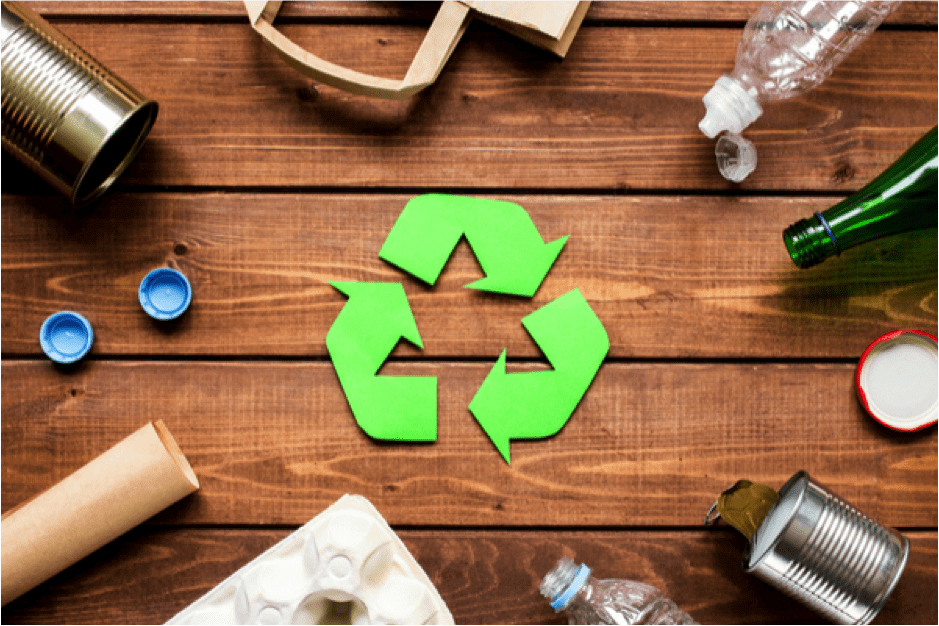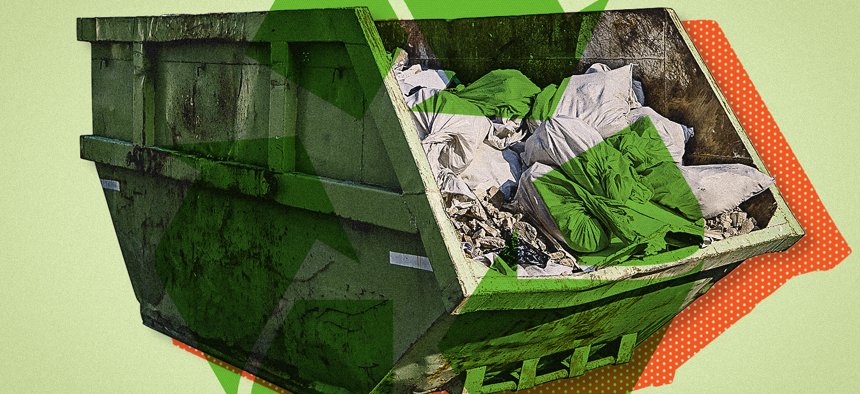The Role of Recycling Lives Services in Supporting Local Communities
The Role of Recycling Lives Services in Supporting Local Communities
Blog Article
Comprehending the Classification and Handling of Various Types of Waste
Effective waste administration is essential for environmental sustainability, needing a thorough understanding of the classification and handling of different waste kinds. Household waste, commercial by-products, dangerous products, electronic refuse, and organic residues each require distinct methods to ensure safety and security and decrease eco-friendly damage. Applying correct partition, therapy, and disposal methods is important to mitigate negative ecological influences and promote source conservation. The composting of organic waste contrasts dramatically with the elaborate procedures required to handle harmful materials. This complex technique to throw away monitoring emphasizes its intricacy and the essential requirement for specialized expertise in this domain.

House Waste
House waste, incorporating a broad variety of discarded materials created from day-to-day living tasks, stands for a significant part of the general waste stream - recycling lives services. This category consists of natural waste such as food scraps, yard clippings, and paper items, along with inorganic products like plastics, metals, and glass. The diverse nature of home waste necessitates efficient category and monitoring to alleviate ecological impact and advertise sustainable living practices
Reliable household waste administration starts with partition at the source, promoting recycling, composting, and safe disposal. Organic waste, for instance, can be composted to generate nutrient-rich soil changes, lowering landfill problem and enhancing dirt health and wellness. Recyclable products, including paper, glass, and certain plastics, can be processed and repurposed, saving sources and reducing power intake connected with new material manufacturing.
Moreover, dangerous family waste such as batteries, electronic tools, and cleaning chemicals requires specialized managing to prevent soil and water contamination. Public recognition campaigns and hassle-free disposal choices play essential duties in ensuring proper disposal and recycling of these materials. By applying robust waste decrease approaches and promoting neighborhood participation, districts can considerably reduce the ecological footprint of house waste.
Industrial Waste
Hazardous waste, a significant contributor to worldwide waste generation, includes a varied series of products created by production, construction, and other commercial activities. This group includes by-products such as scrap metal, plastics, rubber, chemicals, and other residues. The make-up and quantity of hazardous waste can vary considerably relying on the market and manufacturing processes entailed. Efficient management of hazardous waste is essential for reducing environmental effect and promoting lasting methods.
The handling of industrial waste generally includes numerous procedures: collection, partition, therapy, and disposal. Collection systems are developed to successfully collect waste materials from different resources within a commercial operation.
Embracing strategies such as waste minimization, source recovery, and recycling can significantly minimize the worry of hazardous waste on the setting, adding to even more sustainable industrial methods.
Contaminated Materials

The category of unsafe waste is normally based on its physical and chemical features. Toxic wastes contain unsafe substances that can trigger unfavorable health results also at reduced concentrations. Harsh wastes can harm or ruin living cells and materials. Combustible wastes can easily stir up, posturing fire risks, while responsive wastes can cause surges or launch toxic gases upon call with various other materials.
Reliable unsafe waste management involves a number of crucial techniques: identification and partition of harmful products, secure transport and storage, and ideal therapy and disposal. Treatment techniques may include chemical stablizing, neutralization, and incineration. Regulative conformity is necessary, directed by structures such as the Source Conservation and Recuperation Act (RCRA) in the USA, which guarantees secure and environmentally audio administration of contaminated materials.
Electronic Waste
Electronic waste, often abbreviated Look At This as e-waste, stands for a growing obstacle in waste monitoring due to the rapid obsolescence of modern technology. This category incorporates a wide variety of discarded digital devices, consisting of smart devices, computer systems, televisions, and home appliances. The intricacy of e-waste lies in its composition; these things have a mixture of beneficial products such as gold and copper, along with hazardous substances like lead, cadmium, and mercury.

Legislation and laws, such as the European Union's Waste Electronic and electric Equipment (WEEE) Directive, goal to promote responsible e-waste management. These policies mandate producers to assist in the collection and recycling of electronic products, thereby decreasing the worry on land fills and decreasing ecological contamination.
Organic Waste
Organic waste, incorporating eco-friendly products such as food scraps, lawn trimmings, and agricultural residues, constitutes a substantial section of the metropolitan strong waste stream. This sort of waste is remarkable not just for its quantity yet additionally for its prospective environmental effect if not handled properly. Organic waste can disintegrate anaerobically in garbage dumps, creating methane, a potent greenhouse gas adding to climate modification.
Proper handling of organic waste involves a number of techniques. Composting is a commonly adopted approach, changing organic materials right into useful garden compost that can enhance dirt and assistance sustainable farming. This process also lowers the volume of waste sent out to garbage dumps. Another method is anaerobic food digestion, which damages down raw material in the lack of oxygen, generating biogas that can be used as a renewable energy source. Additionally, diverting food waste from landfills via contribution programs can alleviate food instability while minimizing waste.
Municipalities and businesses are increasingly recognizing the value of natural waste monitoring. Implementing extensive natural waste reusing programs not just minimizes environmental impacts but additionally aligns with wider sustainability objectives, advertising a round economic climate where resources are constantly reused and repurposed.
Conclusion
Effective waste administration and environmental management demand a thorough understanding of the category and handling of numerous waste kinds. House, commercial, dangerous, electronic, and natural waste each need distinct procedures for disposal, therapy, and segregation. Proper monitoring reduces ecological impact, conserves resources, and advertises sustainability. Implementing suitable approaches for every waste type ensures accountable and safe waste monitoring methods, eventually adding Home Page to the defense of ecosystems and public wellness.
Efficient waste monitoring is crucial for ecological sustainability, calling for an extensive understanding of the classification and handling of numerous waste kinds.Household waste, including a broad variety of discarded materials produced from daily living activities, represents a considerable component of the total waste stream.Industrial waste, a significant contributor to global waste generation, encompasses a diverse range of products produced by manufacturing, building, and various other commercial tasks (recycling lives services).Dangerous waste, an important concern in waste management, comprises products that pose substantial risks to human wellness and the atmosphere due to their poisonous, destructive, combustible, or reactive homes.Organic waste, encompassing biodegradable materials such as food scraps, yard trimmings, and farming deposits, comprises a substantial portion of the community solid waste stream
Report this page